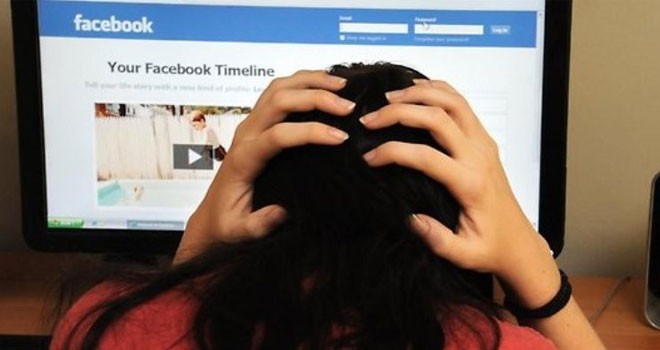By Helen Yip
Borderzine
EL PASO — Rudy Sanchez’ sad eyes peered through tears below the beanie that nearly covered them as he stood in the empty living room of his Lower Valley home where his 14-year-old daughter, Viviana Aguirre, had committed suicide after being bullied online by a friend.
Sanchez, 43, described how Viviana went to bed the night of January 2 and left one final message on her Facebook account. “Before I do this, thank you to all who tried to keep me up. But hey, it didn’t work. Bye.”
Sanchez, who is unemployed and on disability due to a back injury choked back tears as he described how he found his daughter. “I thought she was playing,” he said, explaining what crossed his mind when he discovered her hanging from the crossbar of her bedroom closet in the family’s home. “I had to get her down.”
Although most cases of bullying don’t usually end in death, it is a growing and serious problem among students, experts say. According to the website stopbullying.gov, at least 28 percent of U.S. students in grades six to12 experienced verbal or social bullying.
Among high school students, 20 percent say they have been bullied, and 16 per cent say they were victims of electronic bullying. Among LGBT students, 55.2 percent said they have experienced cyber-bullying.
Dr. Steve W. Johnson, a professor in the UTEP Department of Educational Psychology and Special Services, and a family counselor for more than 18 years said that verbal bullying that includes teasing reached the height of public attention in 2005…
Finish reading Sticks and stones can break your bones but cyberbullying can kill you




